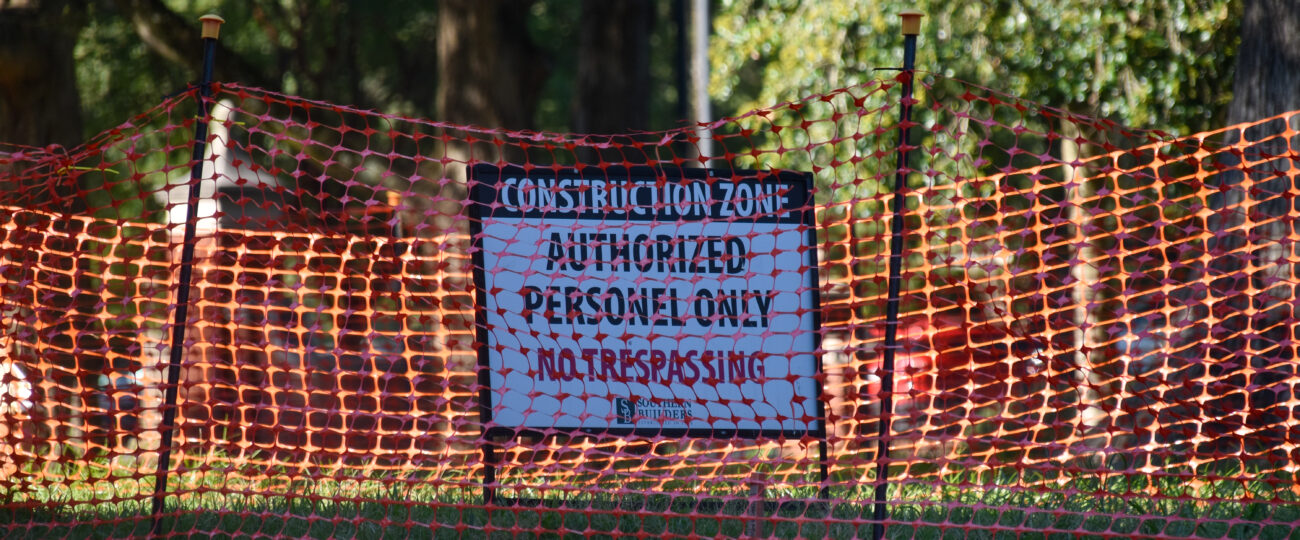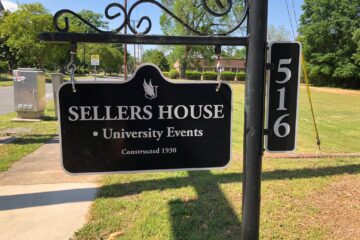While Winthrop students and faculty were enjoying time away from their schoolwork, classes and professional responsibilities over winter break, Facilities Management took advantage of a quiet and uninhabited campus to enact further installations of the Campus Master Plan. James Grigg, Associate Vice President of Facilities, disclosed the many ways in which his team improved both the looks and inner workings of many buildings on campus in between semesters.
One of the most apparent renovation projects students have noticed upon returning for the spring semester are in McLaurin Hall, as new bathrooms were installed to replace previous residence-style bathrooms and its hallways received some extra attention to fix flooding damage including “flooring, drywall and painting” repairs.
Grace Griffin and Savannah Hynes, both graphic design majors who spend much of their class time in McLaurin Hall, shared their thoughts on the recent construction. For Griffin, renovations in McLaurin directly impacted her schedule, saying “the blocked entrances added an extra three or four minutes to my walk to class.” Hynes faced similar challenges, expressing that “it irritates me to have to take a different route to class.”
Hynes and Griffin instead wished Facilities Management focused on other, more pressing concerns. Hynes said, “There is often no heating or A/C in the building. With the current weather, especially after the sun goes down, I feel like my hands are turning blue. I am so cold!”
Looking at it from a broader sense, the students expressed a need for more transparency over current projects on campus. Griffin explained that “because this campus has a lot of older buildings, there are problems that come along with that, but the university does not have the money to do more than just a temporary solution. These projects often take up a whole semester as well.”
When Grigg was asked if he had received any negative responses to construction projects, he responded “We are cognizant that construction activities [do] impact the campus whether it is having to walk around work areas or listening to the noise from drills or back up alarms and we appreciate the students, faculty and staffs’ willingness to work through these annoyances.”
Some of facilities’ largest projects which began in the fall semester continued over the break, including the renovation of the Byrnes Auditorium and abatement of Wofford and Richardson Hall, as Grigg noted “Richardson is nearly finished and Wofford is about [half way] through.”
On a smaller scale, architectural boxing repairs continued on Johnson Hall and the Sims Science Building, as well as ceiling repairs in the Tillman auditorium. Particular suites in The Courtyard were renovated to provide greater accessibility for residents in wheelchairs while students were absent.
Students and professors also returned to updated classrooms, including “new classroom AV technology in 11 classrooms” and “new classroom chairs for three rooms in Thurmond.”
Facilities management did not solely spend winter break with their boots on the ground though, and put focus into progressing preliminary stages for enactment of various parts of the Campus Master Plan as well. Data is currently being collected for the design of a new cafeteria, as are design plans for a campus entrance on Stewart Ave, near the railroad track, in collaboration with the city. According to Grigg, “HVAC replacement and roof replacement plans are being finalized” for Joynes Hall.
When asked what should be expected from Facilities in the spring semester, Grigg said a completion of renovations in McLaurin Hall, classroom technology and furniture updates and the completion of the West Center roof replacement are all on the docket. The vice president is hopeful that students will recognize the care Facilities takes to improve Winthrop’s campus. “The work may not be in your classroom or building but [. . .] you see something is being done on campus and progress is being made.”




